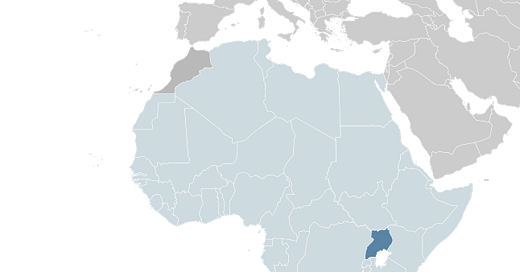Uganda reports additional Crimean-Congo Hemorrhagic fever case, This one in Kasese district
The Uganda Ministry of Health reported an additional confirmed Crimean-Congo Hemorrhagic fever (CCHF) case from Busongora North health sub-district, Kasese district.
The confirmed case was a 29-year-old who reported tick bites.
He presented to Kaveera health centre ill with a headache, muscle pain, dizziness, nausea and vomiting.
The Uganda Virus Research Institute (UVRI) tested positive for CCHF by PCR.
Cumulative, six cases (2 confirmed, 4 probable) of CCHF and three deaths among the probable cases have been reported from two of 146 districts- Kasese (1,0) and Nakaseke (5,3).
Crimean-Congo hemorrhagic fever is a widespread disease caused by a tick-borne virus (Nairovirus) of the Bunyaviridae family. The CCHF virus causes severe viral hemorrhagic fever outbreaks, with a case fatality rate of 10–40%.
Animals become infected by the bite of infected ticks and the virus remains in their bloodstream for about one week after infection, allowing the tick-animal-tick cycle to continue when another tick bites. Although a number of tick genera are capable of becoming infected with CCHF virus, ticks of the genus Hyalomma are the principal vector.
The CCHF virus is transmitted to people either by tick bites or through contact with infected animal blood or tissues during and immediately after slaughter. The majority of cases have occurred in people involved in the livestock industry, such as agricultural workers, slaughterhouse workers and veterinarians. Human-to-human transmission is possible.





